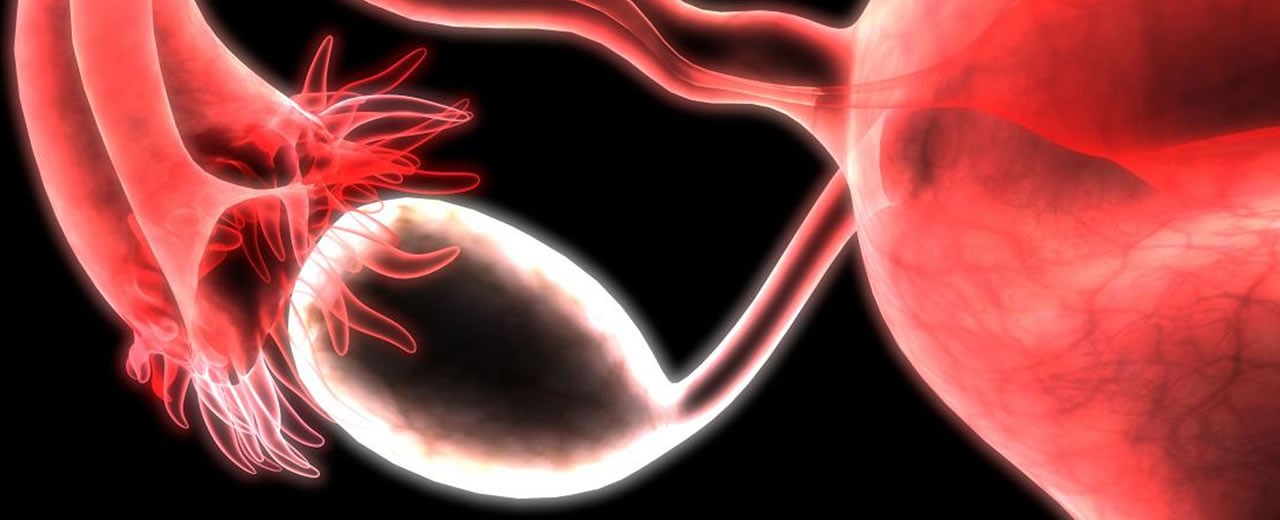Follicles lifespan and selection of the dominant one for ovulation

Follicles lifespan and selection of the dominant one for ovulation

Follicles lifespan
The ovary is, arguably, the most dynamically, constantly changing organ in the female body during the reproductive life span. The cortex, contains an enormous number of oocyte-containing follicles. At birth, the normal female ovary contains about 1-2 million oocytes. Females are not capable of making new eggs, and in fact, there is a continuous decline in the total number of eggs each month since they use them for ovulation. By the time a girl enters puberty, only about 25% of her lifetime total egg pool remains, around 300,000. Over the next 30 years of a female's reproductive life, almost the entire egg supply will be depleted, reaching only about 1,500 at menopause.

Selection of the dominant follicle for ovulation
Of the millions of primordial follicles that started life in the ovary, only about 400 will actually achieve ovulation during the reproductive life span. At the beginning of each cycle, a group of the most mature follicles of 2–5 mm diameter is recruited for further growth. These are the follicles that are more sensitive to FSH, rather than those less mature. The key to being chosen as the month’s ovulatory follicle is sensitivity to FSH. This follicle will survive, will continue to thrive and produce the most estrogen and LH receptors, so that ovulation takes place (see diagram above).
Sources:
--------------------
See all of our blog posts, by clicking here.
0 comment(s)